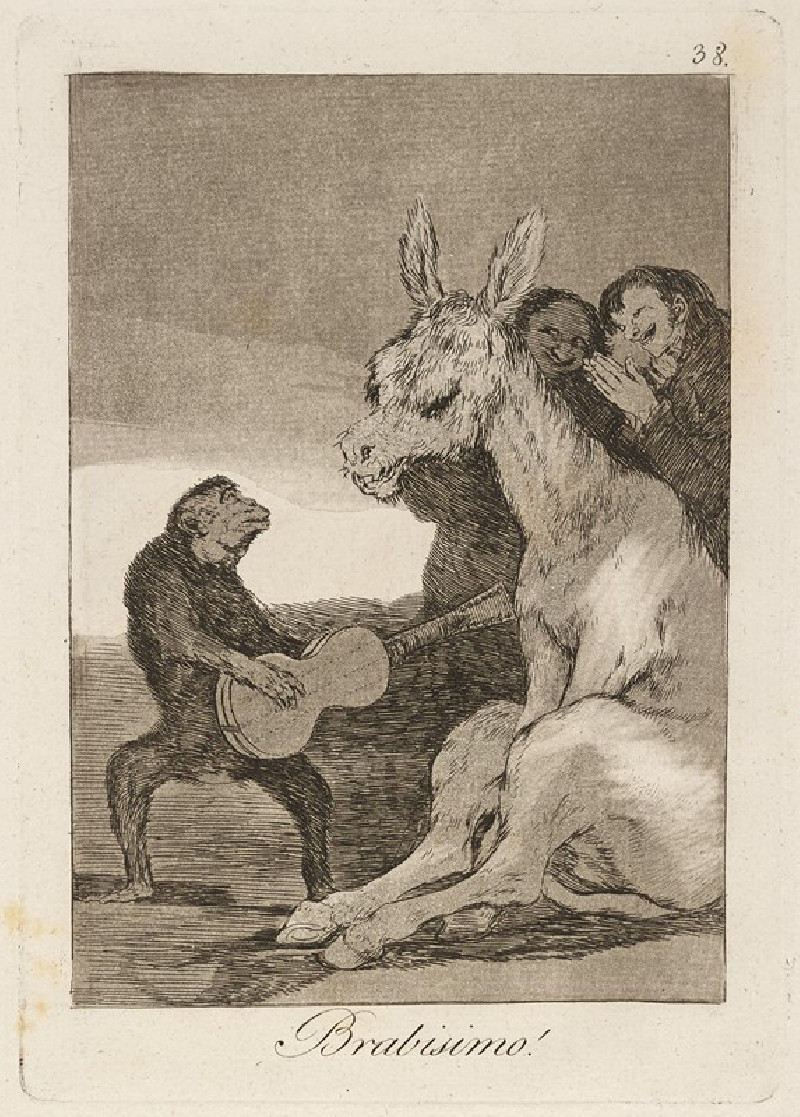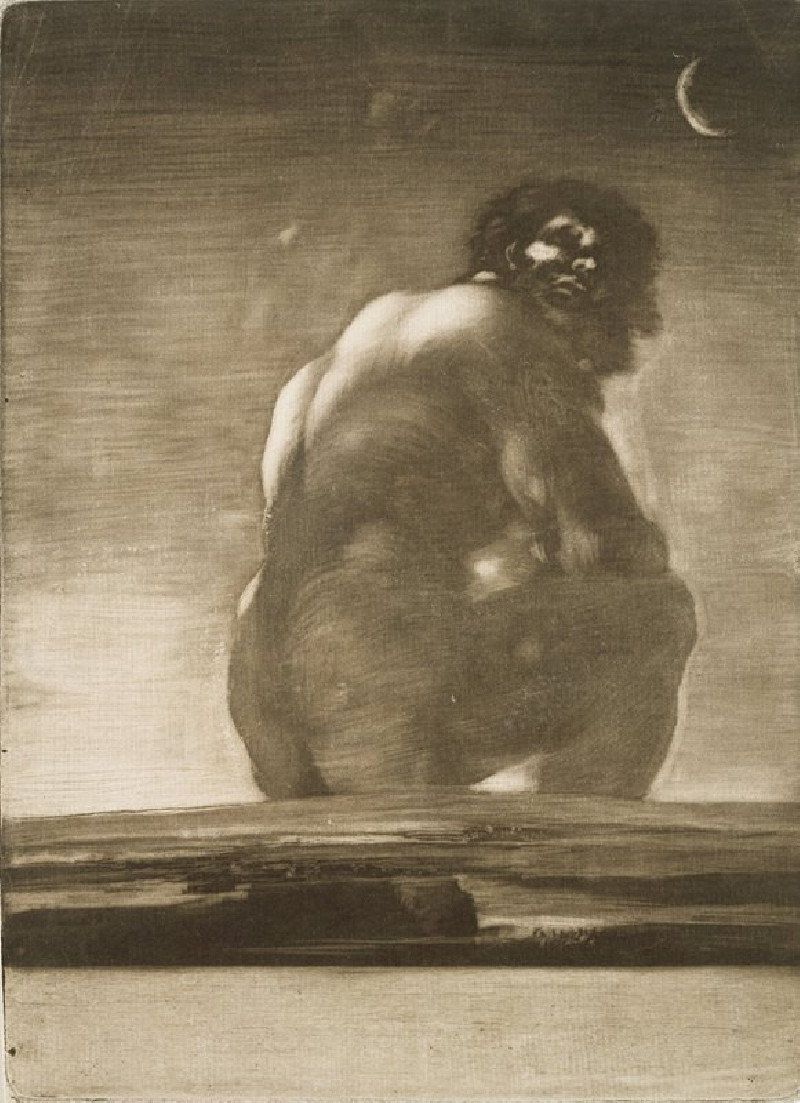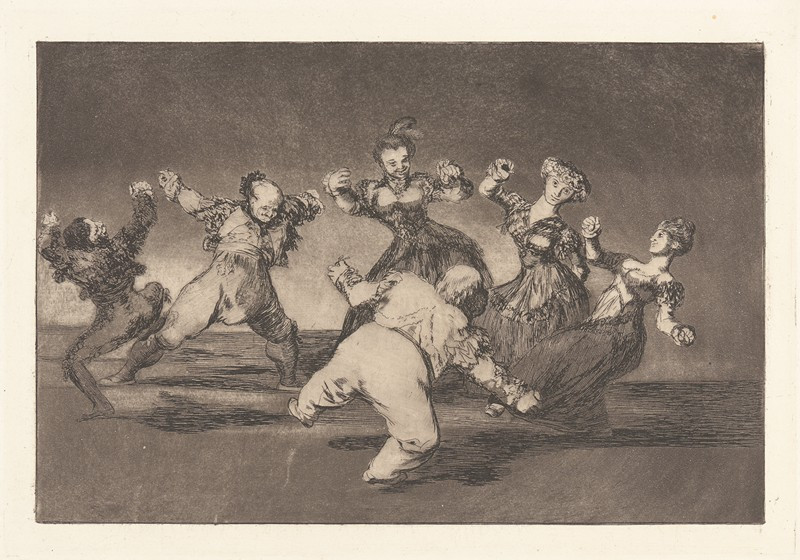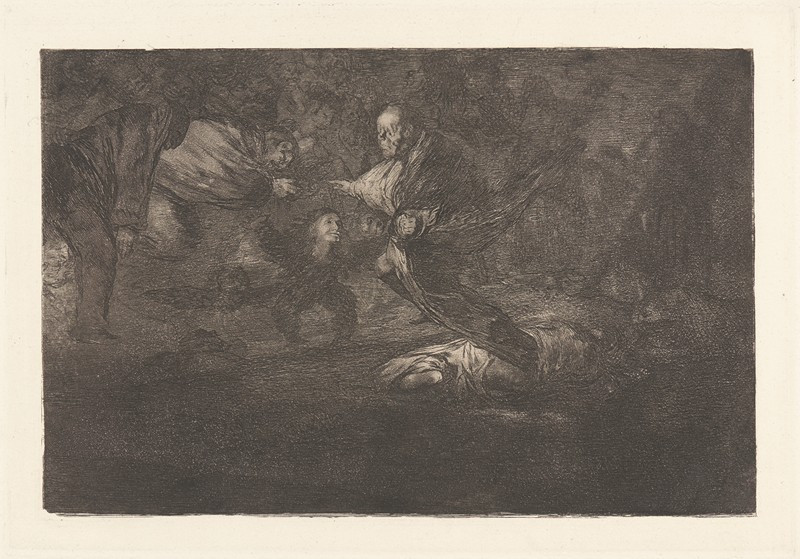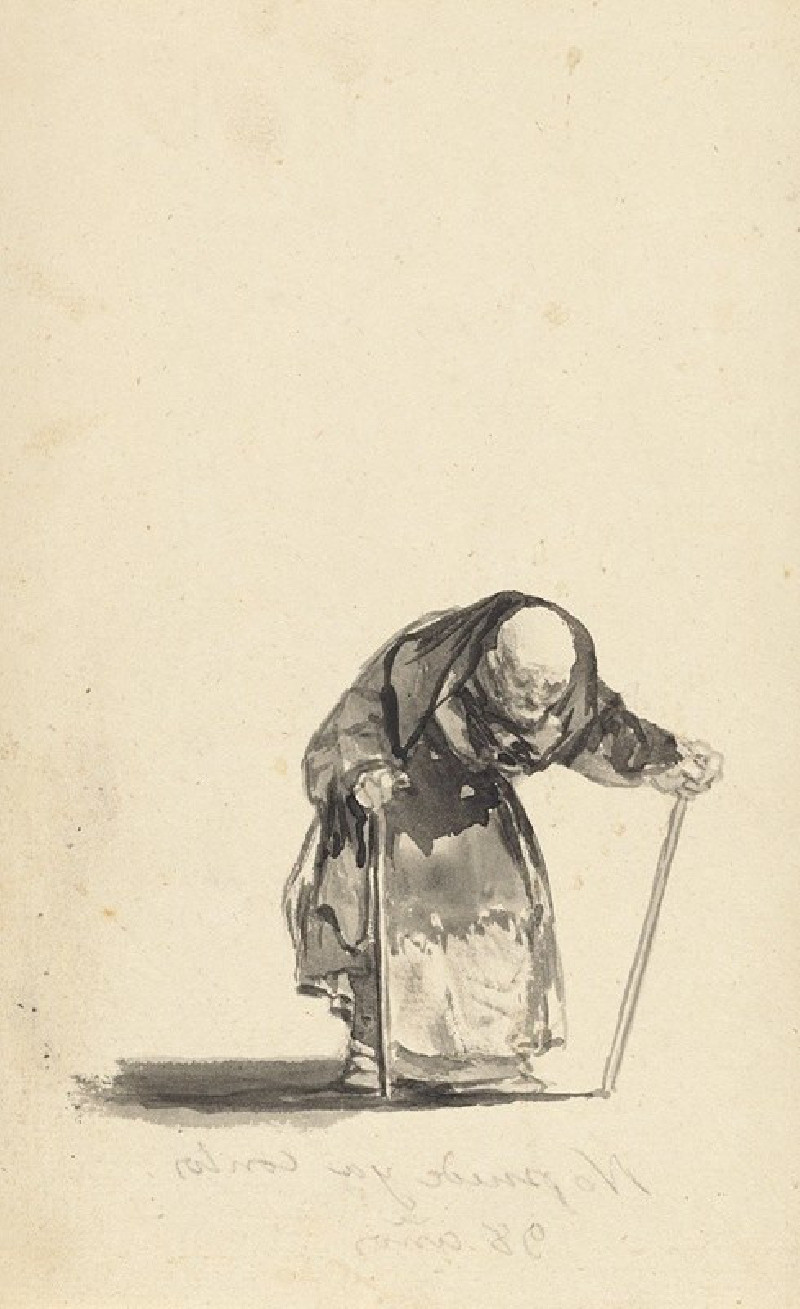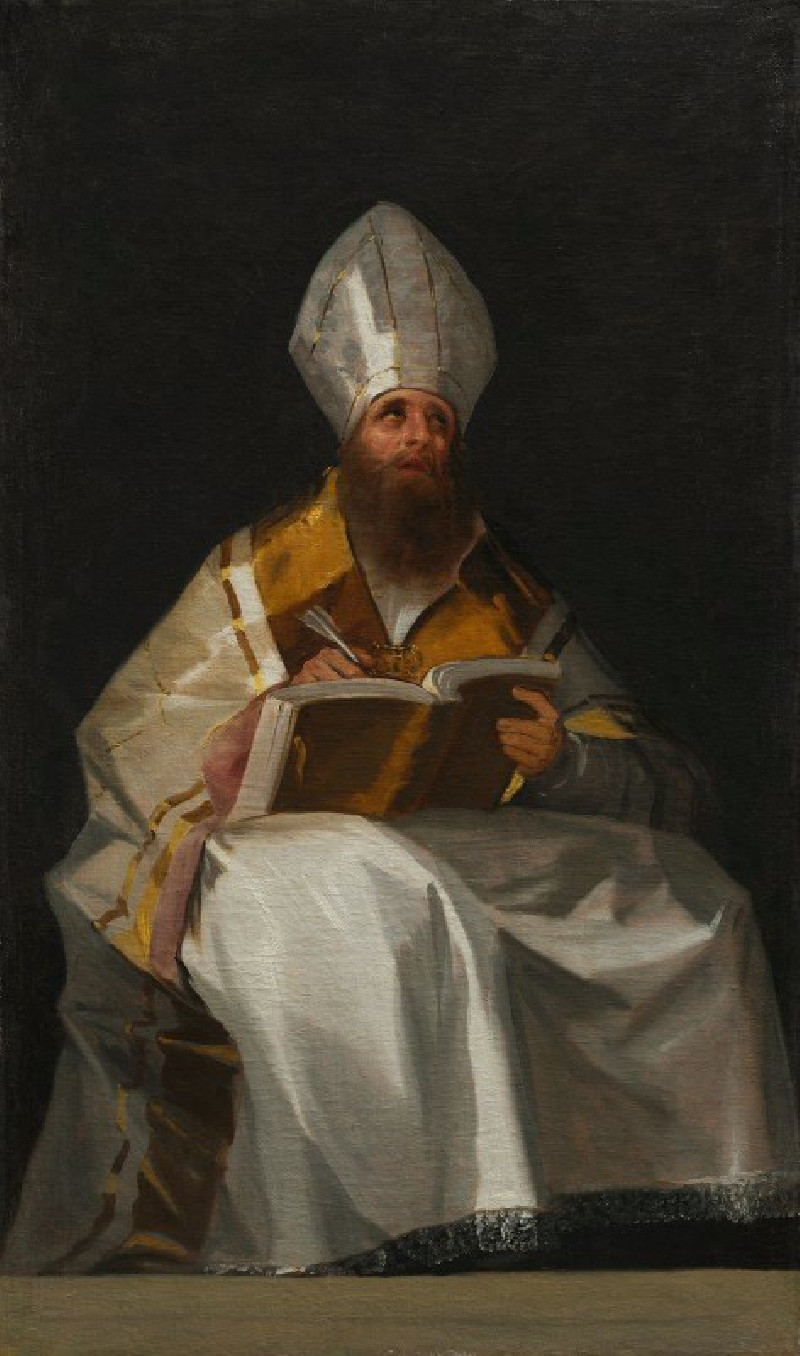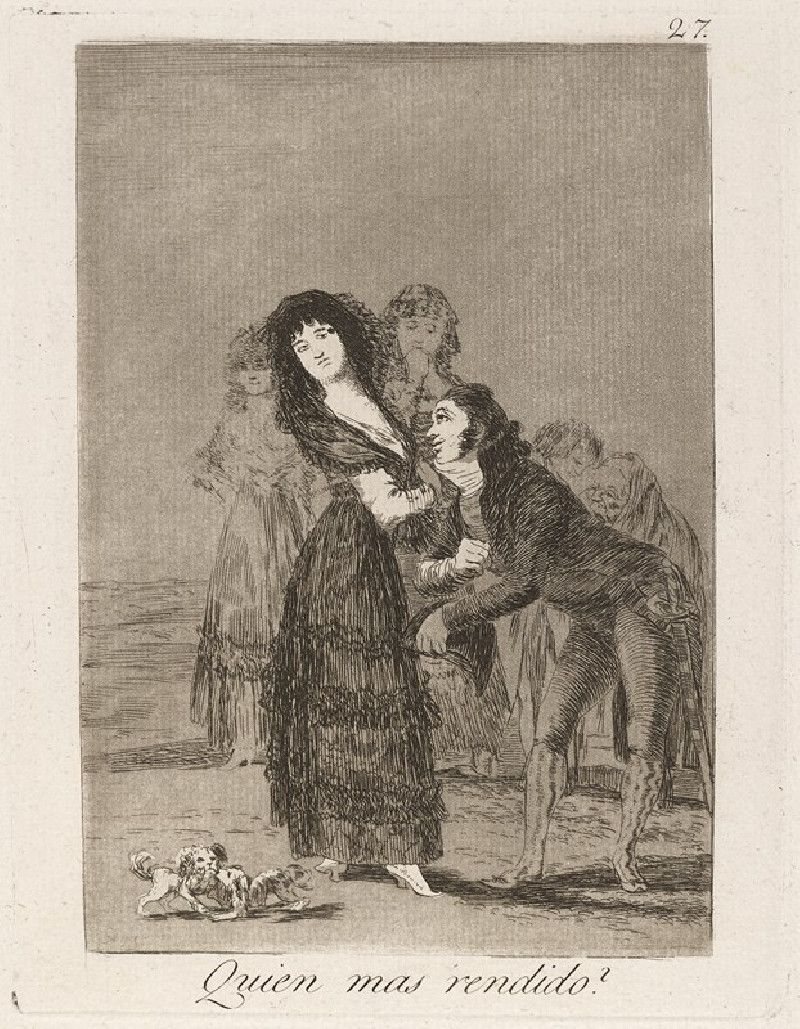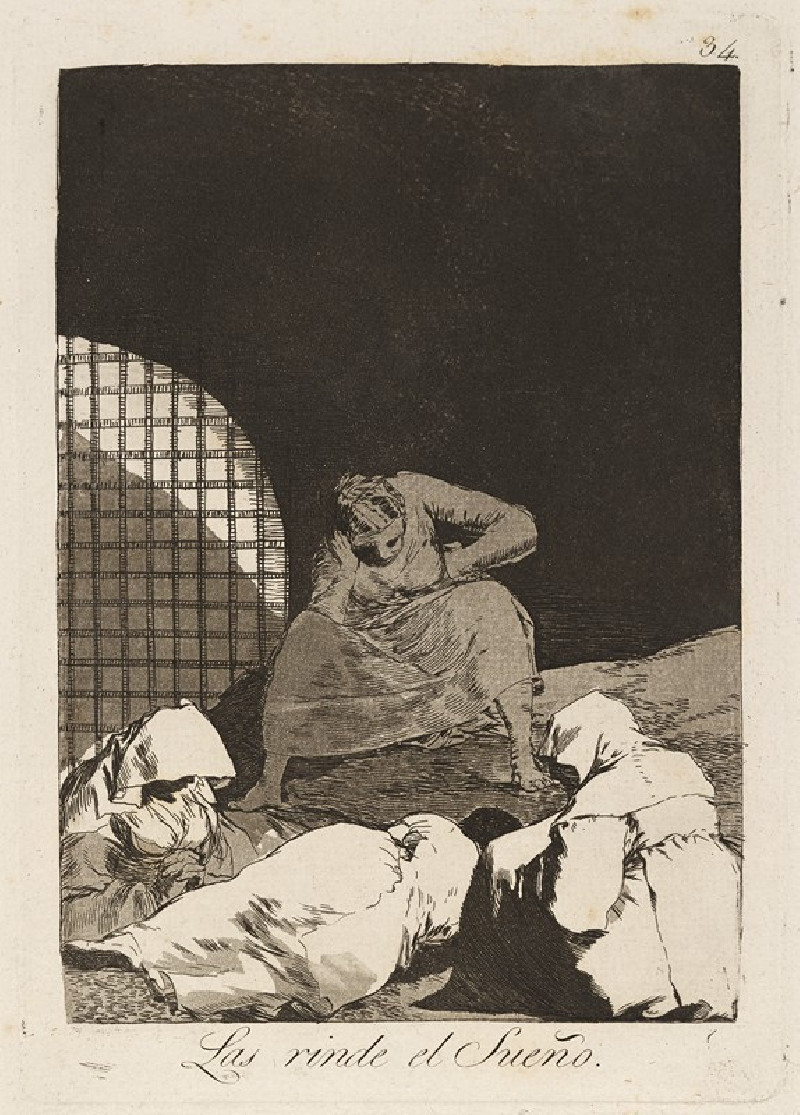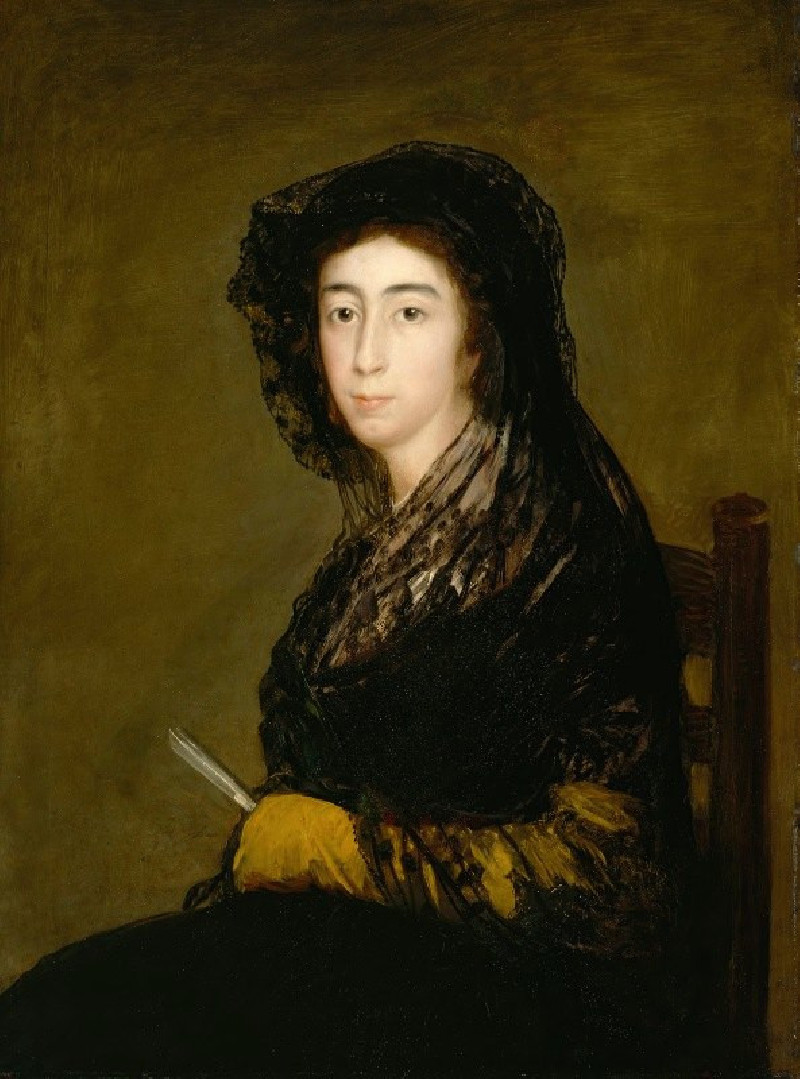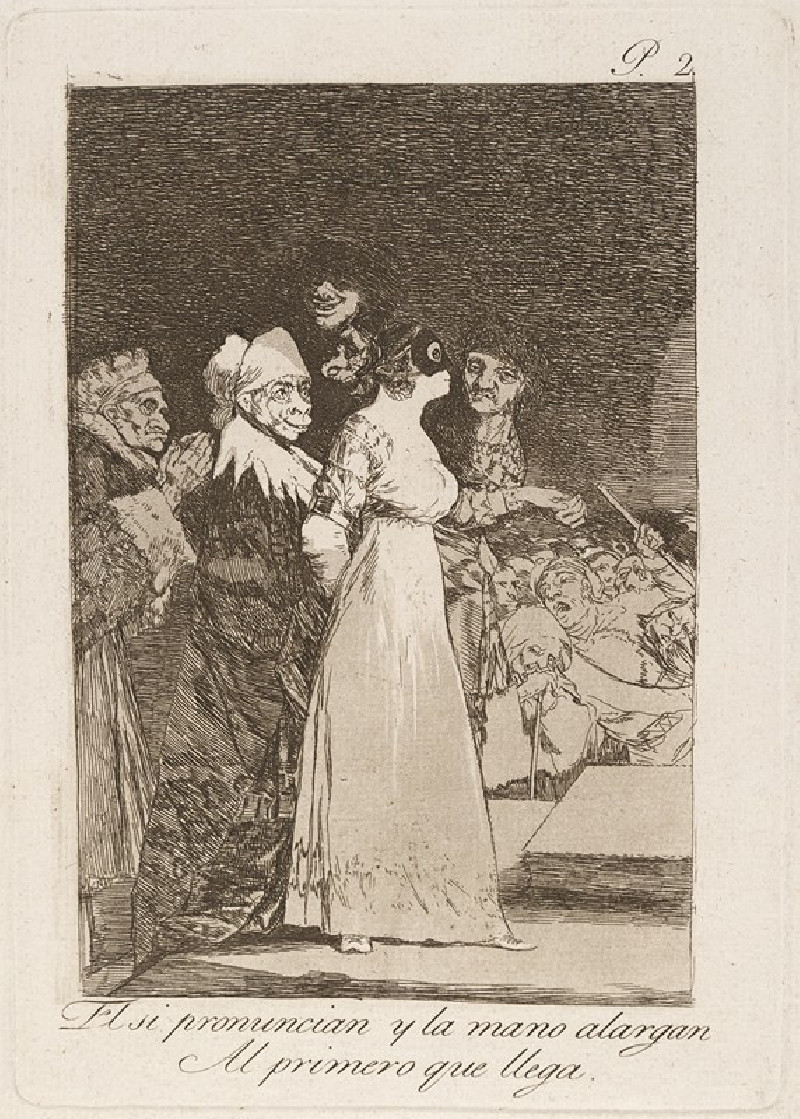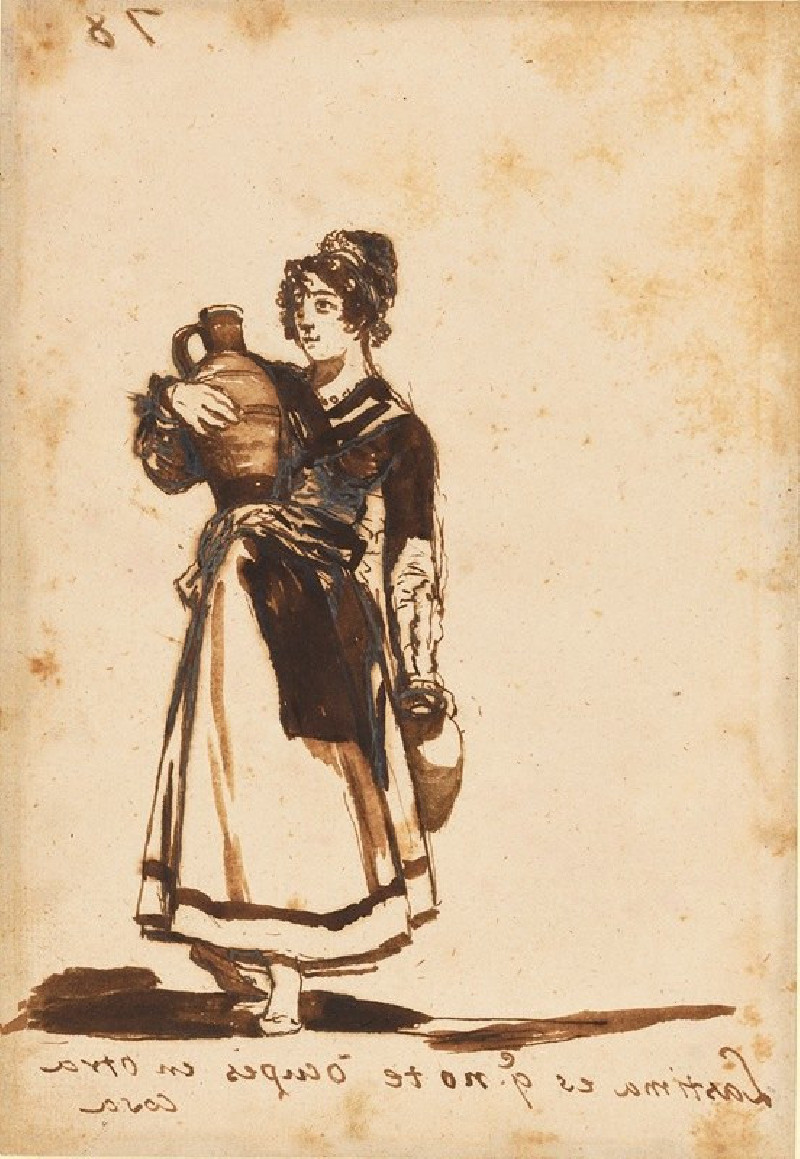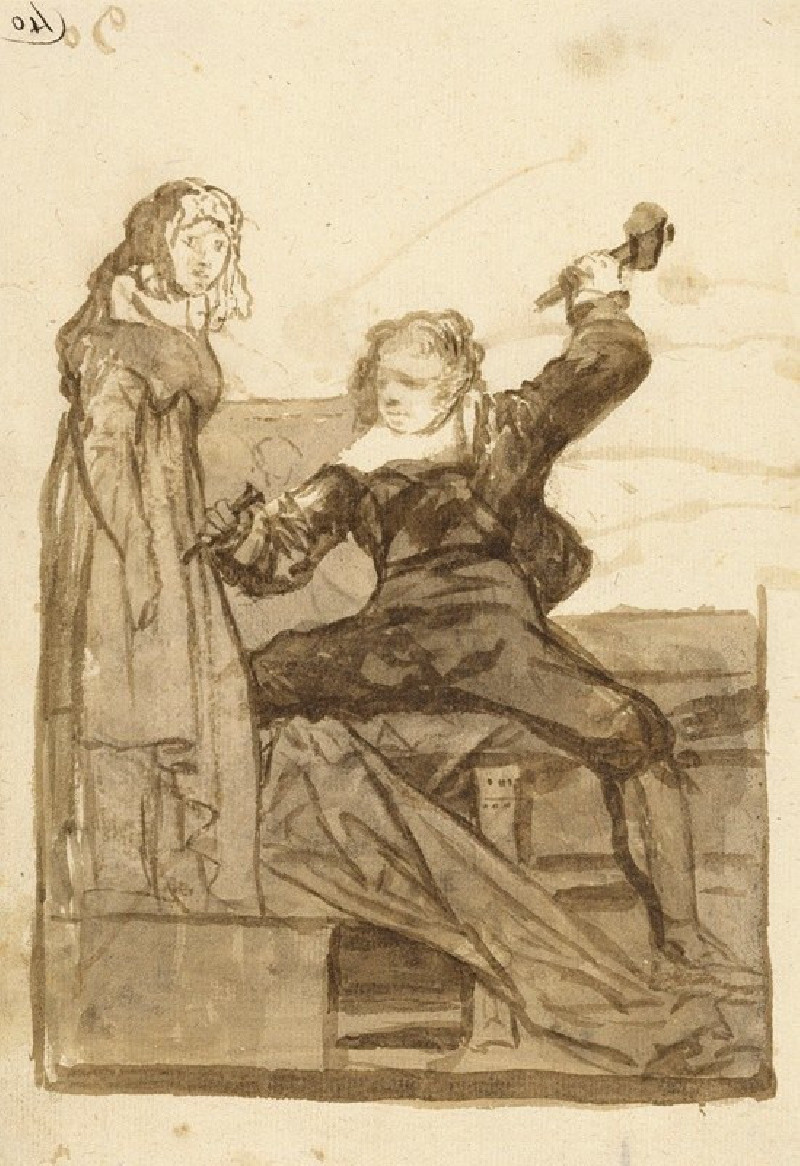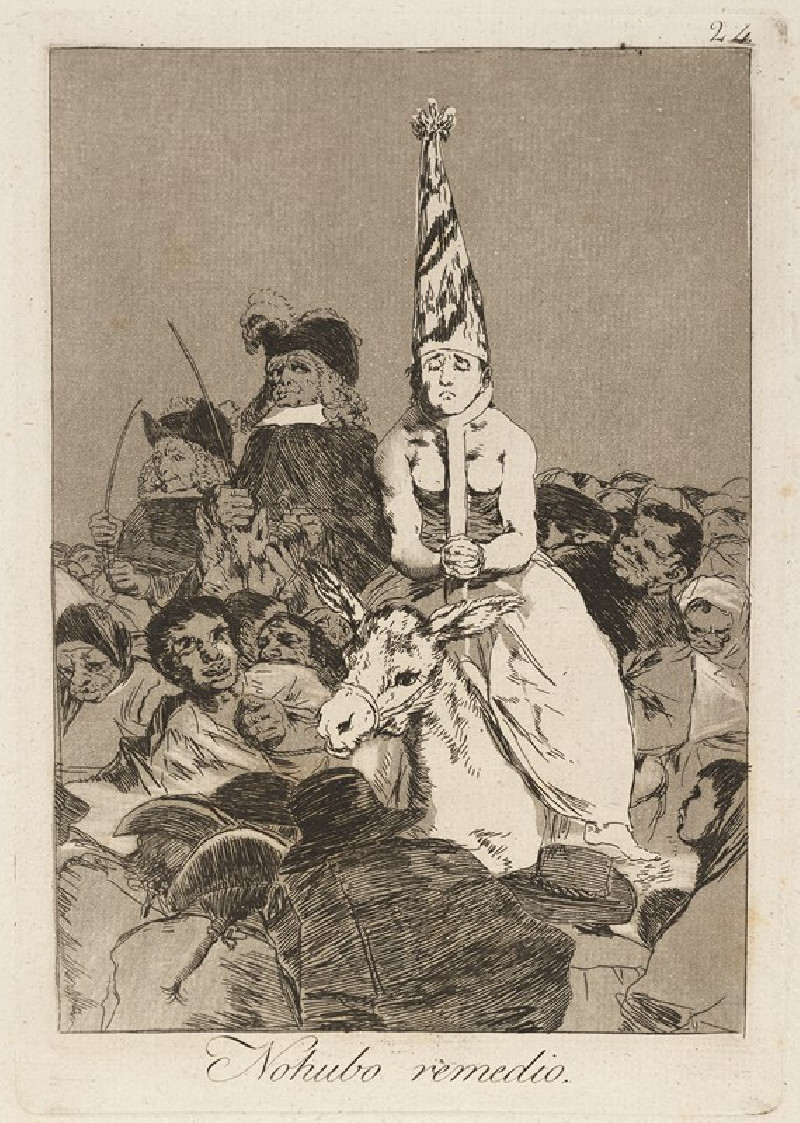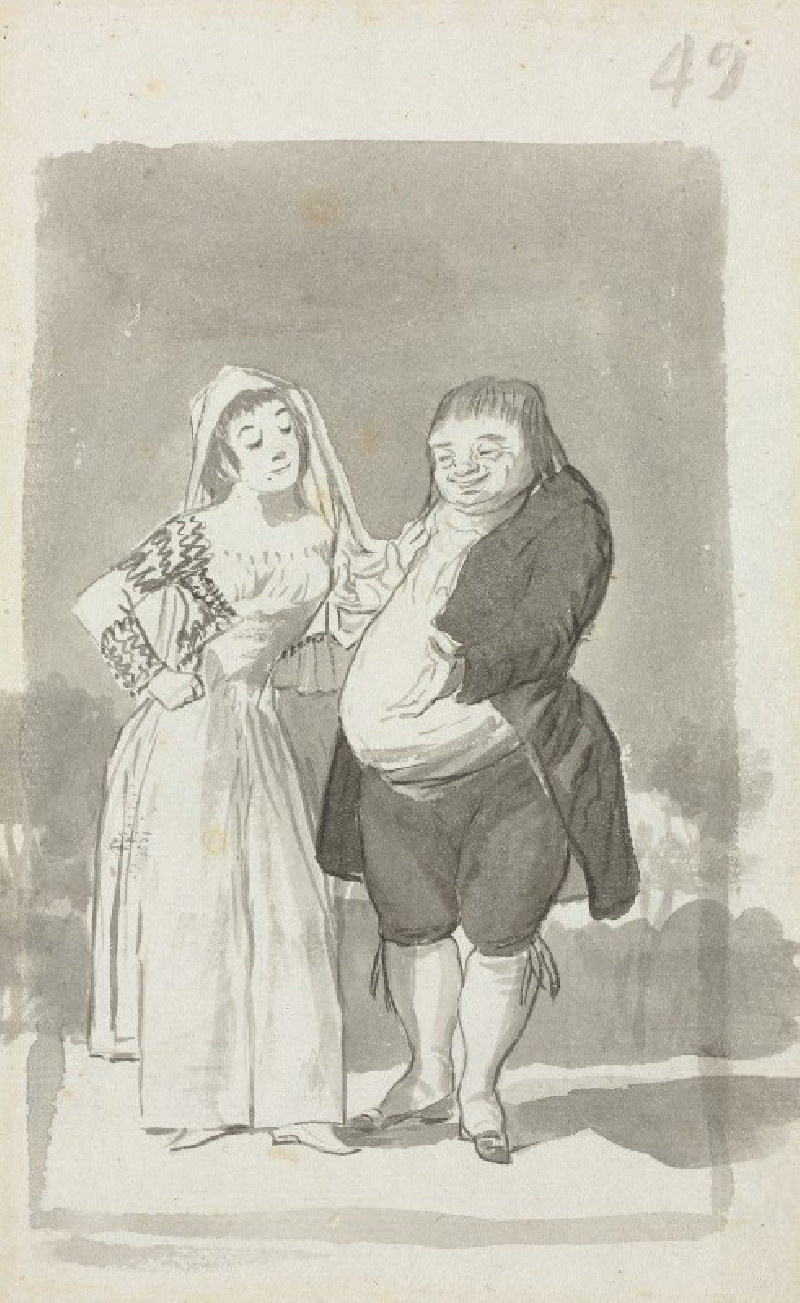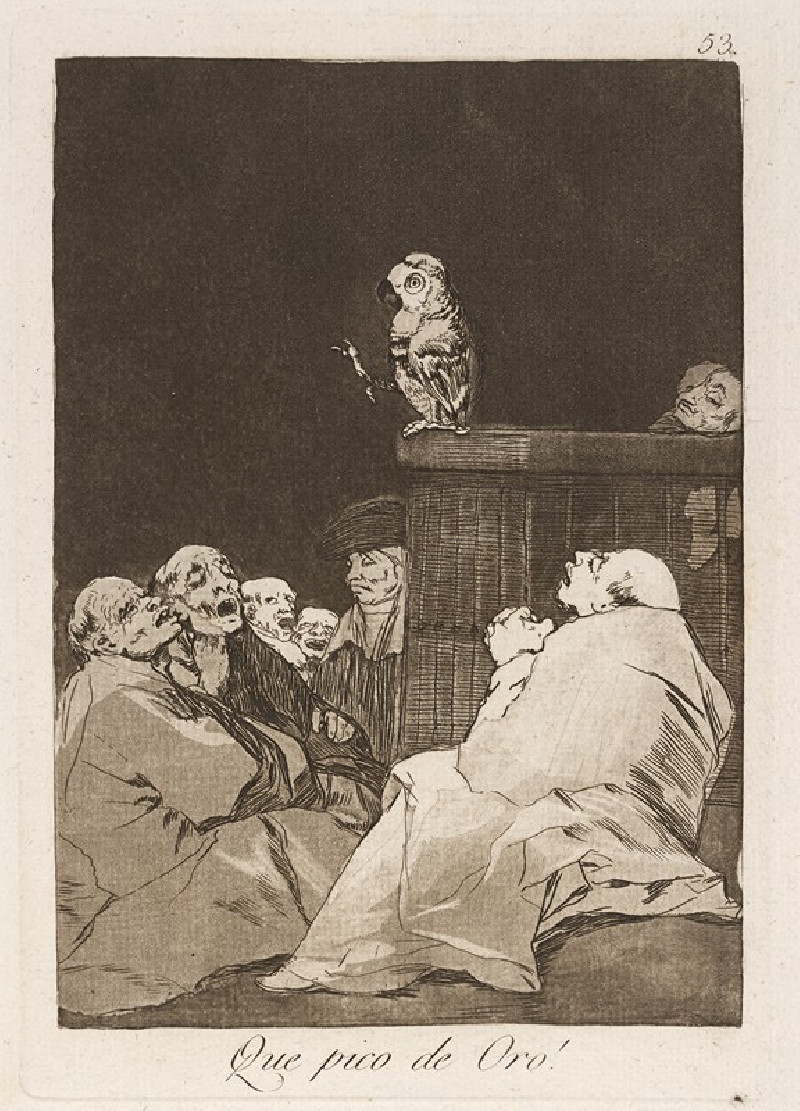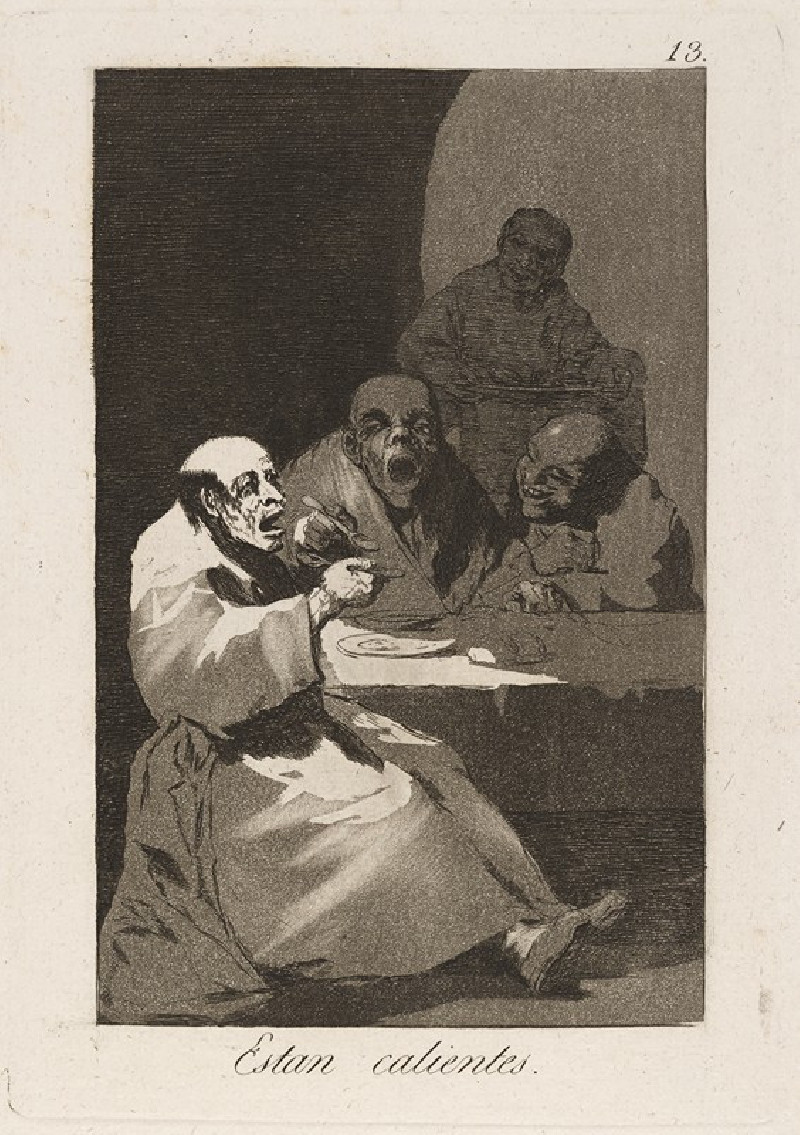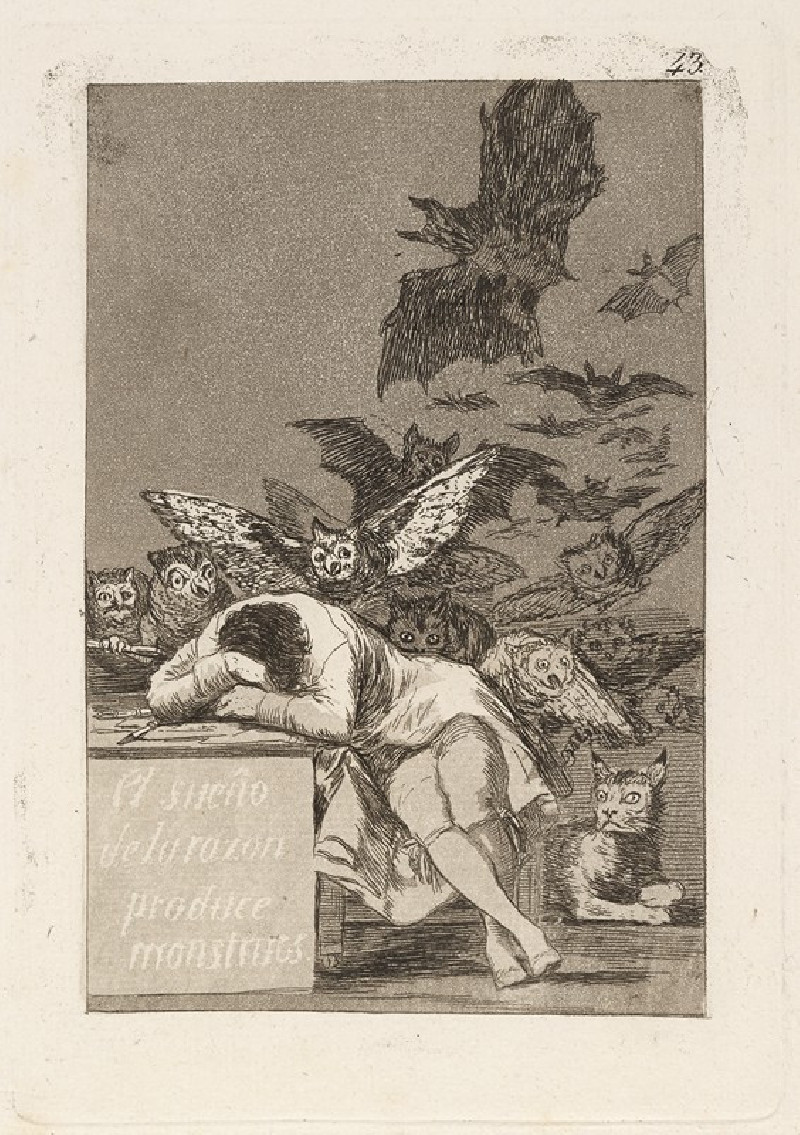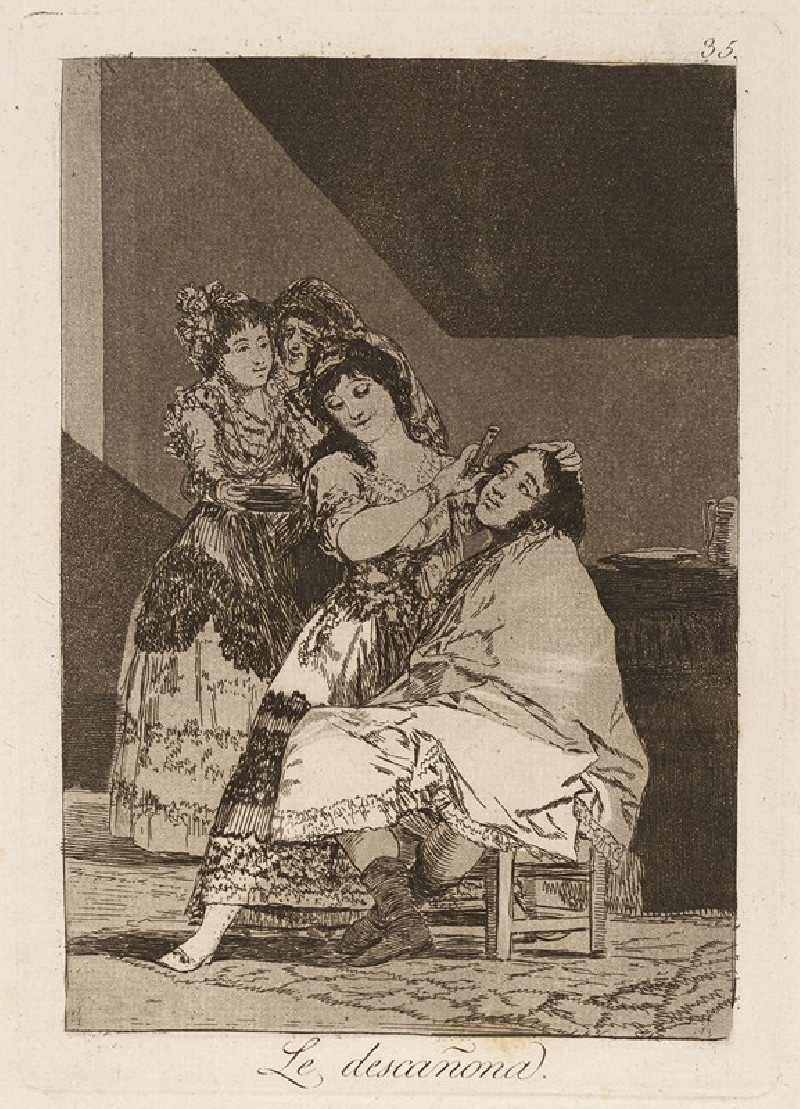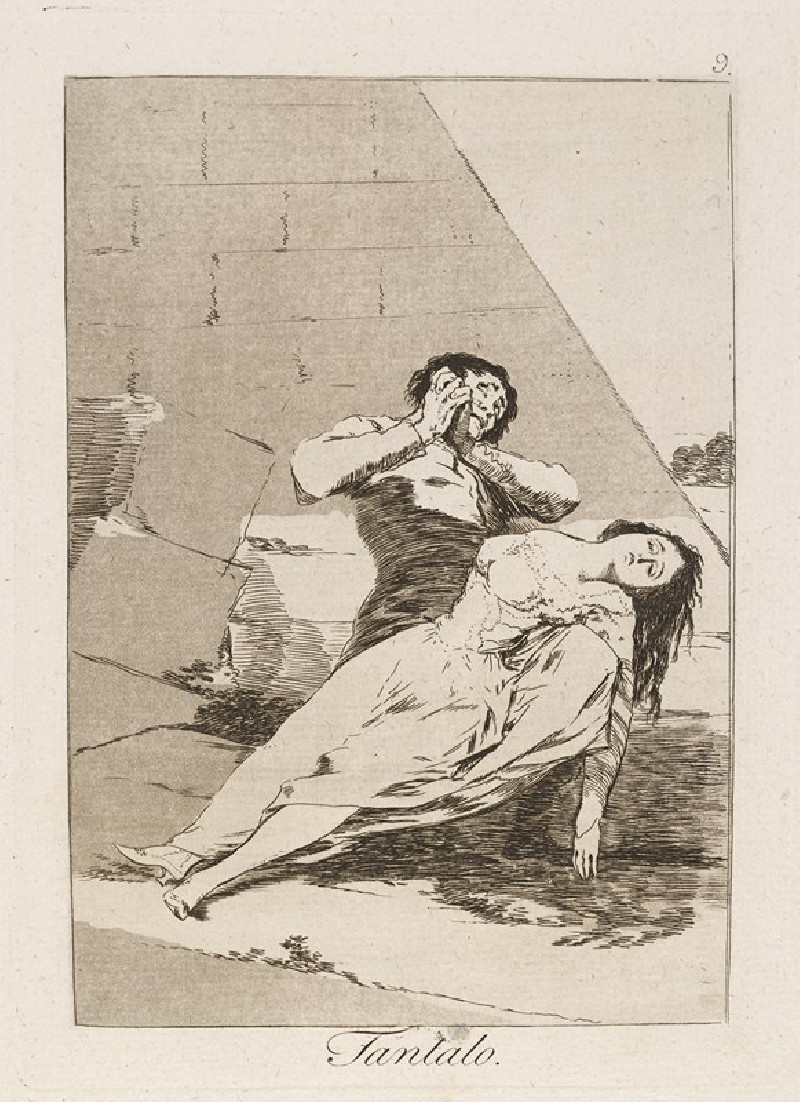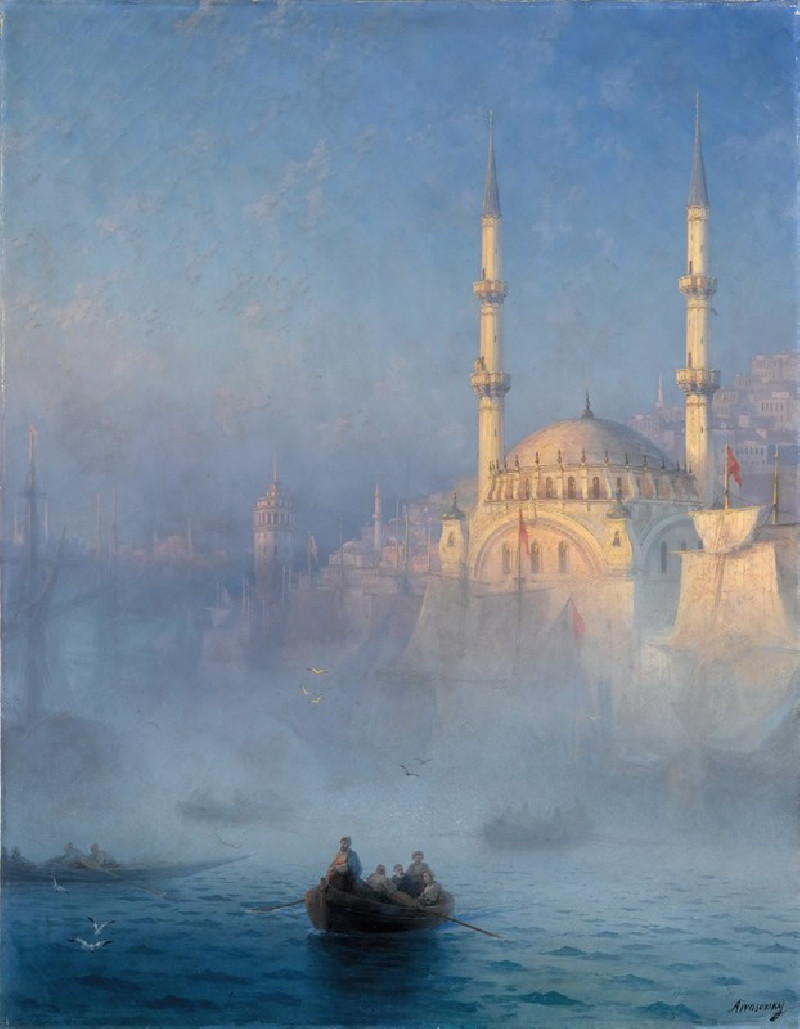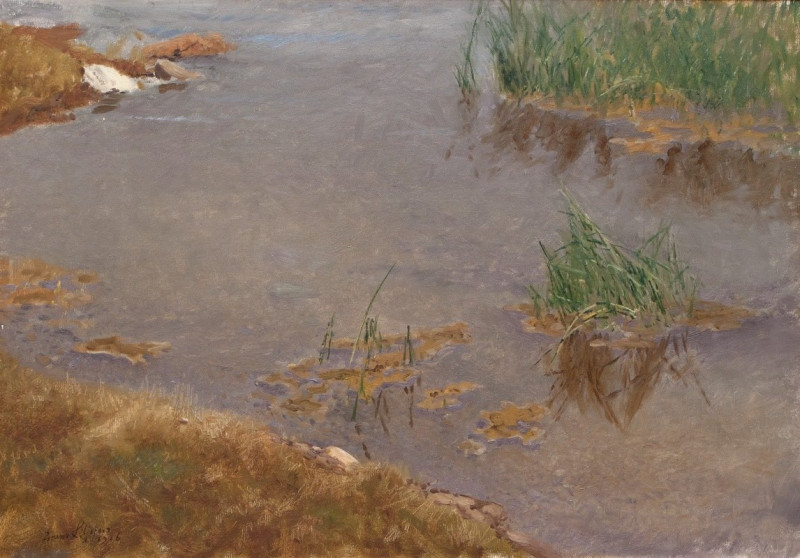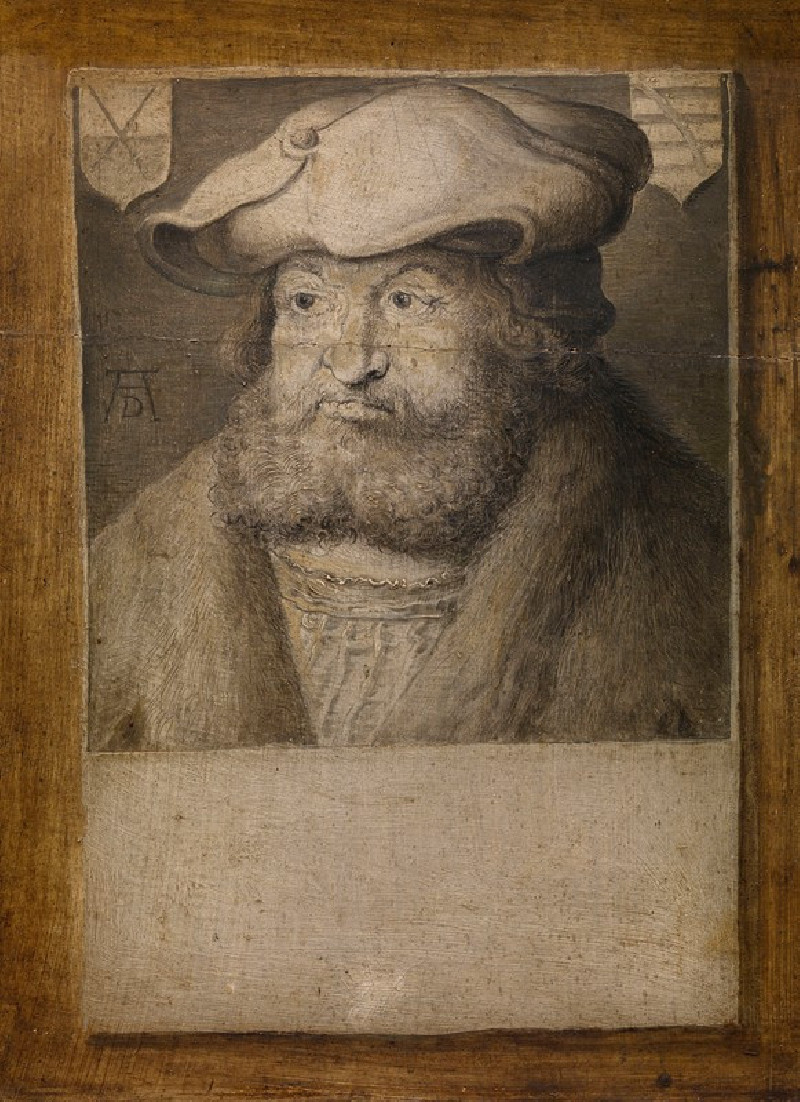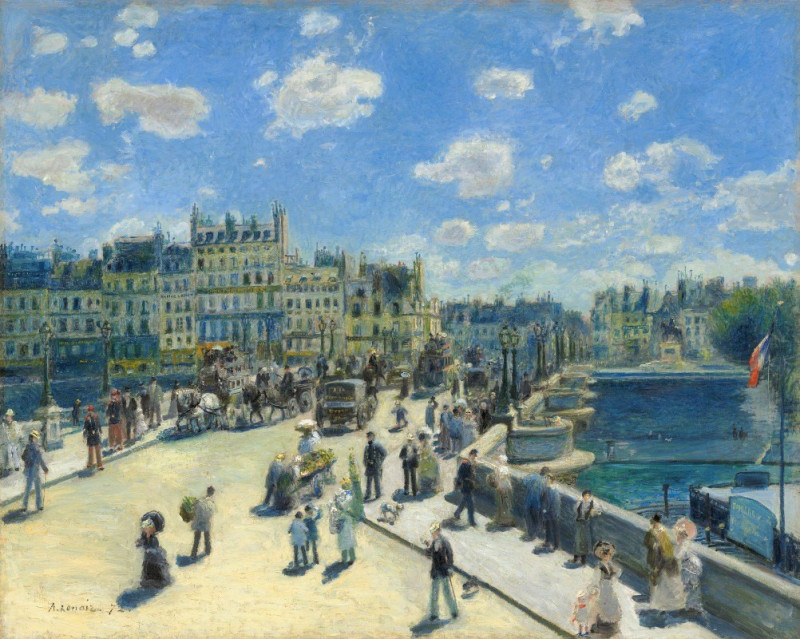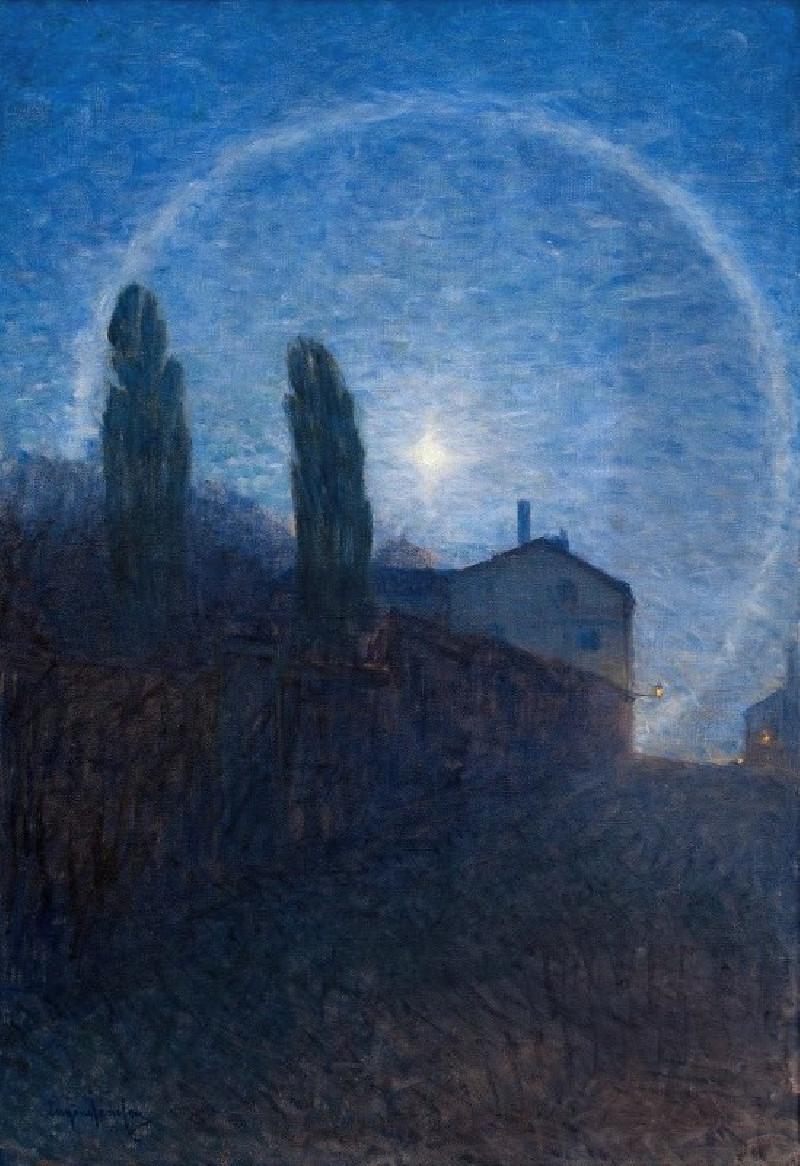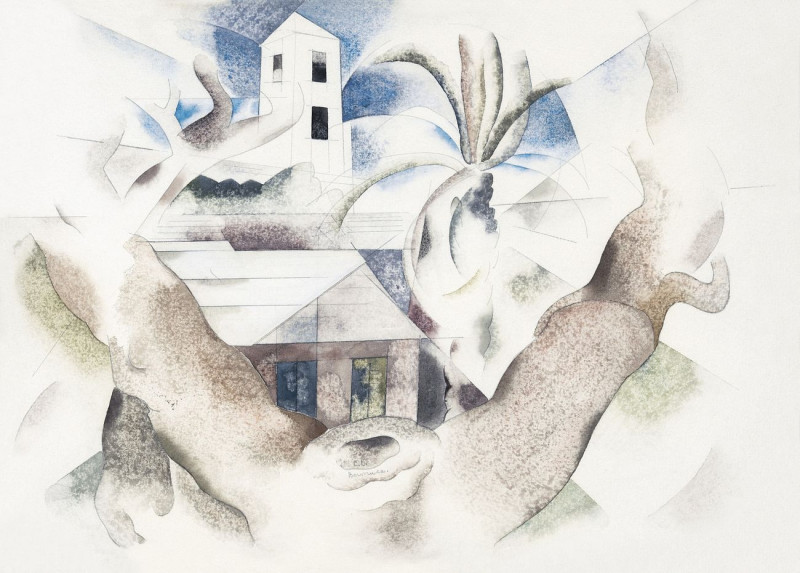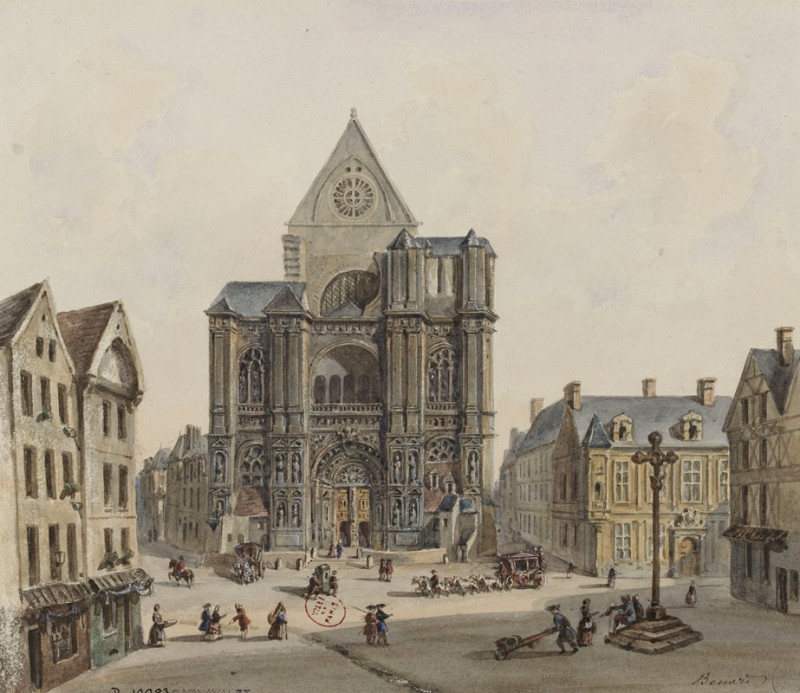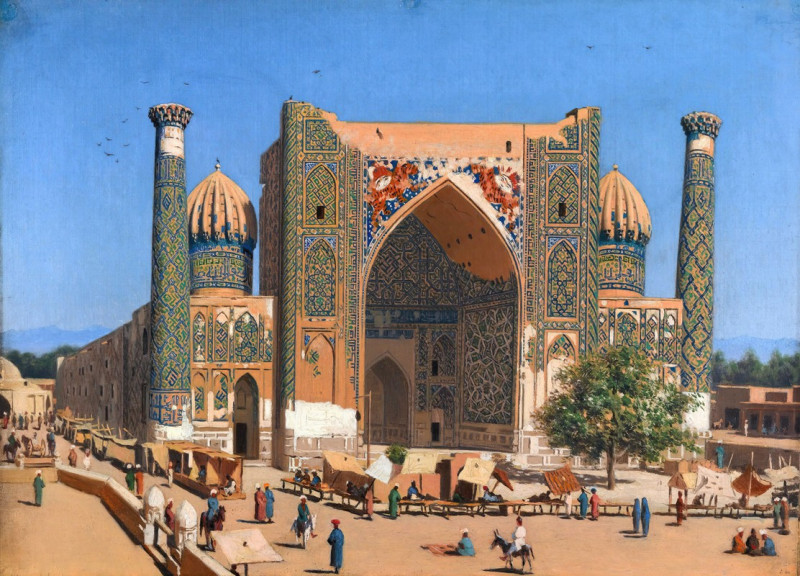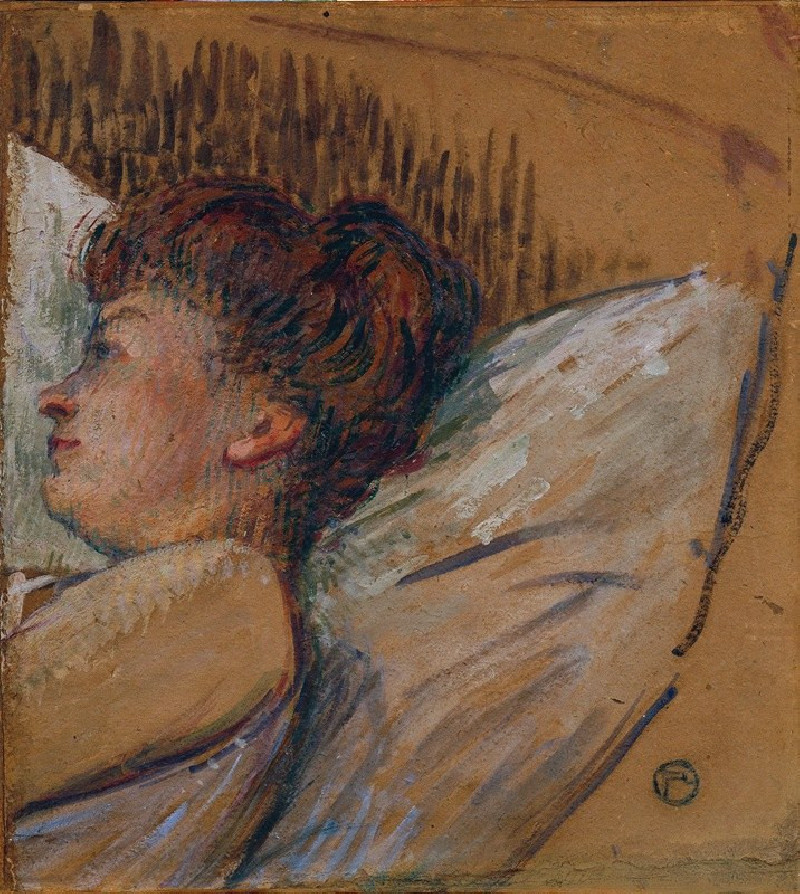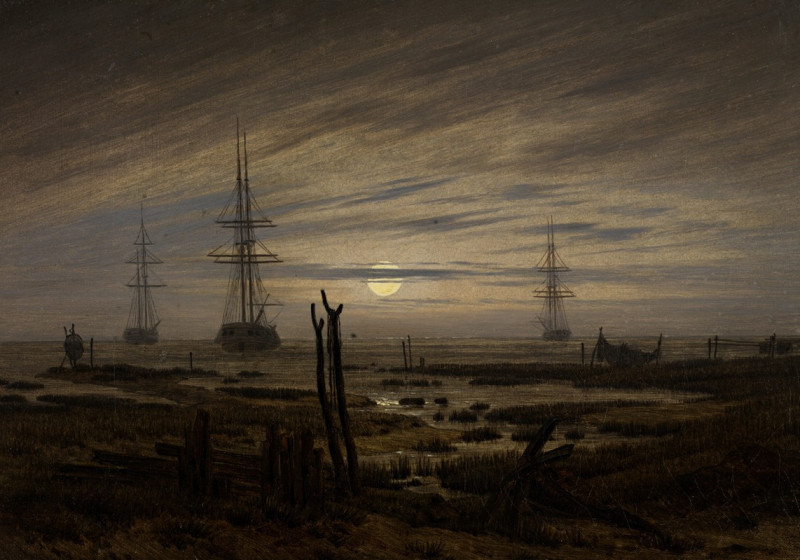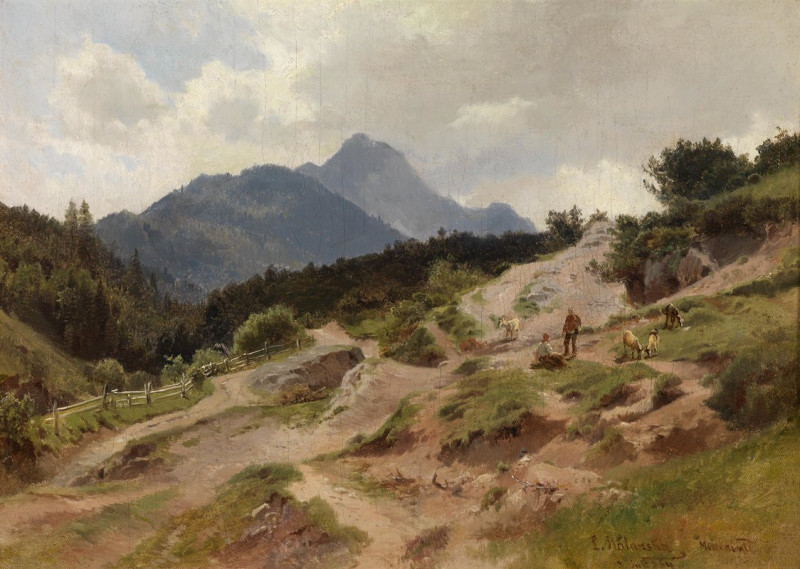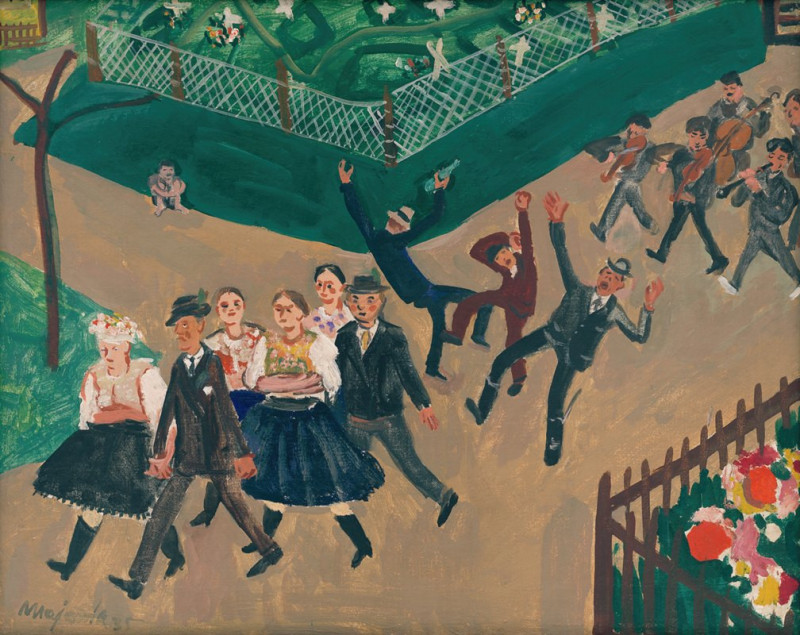Brabisimo! (Bravo!) (1796-1797)
Technique: Giclée quality print
Recommended by our customers
More about this artwork
"Brabisimo! (Bravo!)" is a captivating and evocative etching by the renowned Spanish artist Francisco de Goya, created between 1796 and 1797. This piece is one of the many intriguing works from Goya's series known for its critical examination of society through satirical and often darkly humorous lenses.In "Brabisimo!" Goya presents an intriguing scene populated by anthropomorphic figures—apes and a donkey. This whimsical yet poignant scene features one ape seated, strumming a guitar with an earnest demeanor, while another stands behind the donkey, clapping. The donkey, depicted with a tired or possibly annoyed expression, listens—or endures—the performance. This work cleverly critiques the sycophantic behavior often found in artistic and political circles, suggesting a mockery of those who mindlessly applaud what Goya might view as mediocrity or falsity.Goya's masterful use of etching techniques brings out stark contrasts and fine details in this composition, highlighting expressions and interactions between the characters, which intensifies the satirical impact of the scene.
Delivery
Returns
Francisco José de Goya y Lucientes (30 March 1746 – 16 April 1828) was a Spanish romantic painter and printmaker. He is considered the most important Spanish artist of the late 18th and early 19th centuries. His paintings, drawings, and engravings reflected contemporary historical upheavals and influenced important 19th- and 20th-century painters. Goya is often referred to as the last of the Old Masters and the first of the moderns.

